In the automotive industry, vehicle design often serves as the initial signal of speed, with smooth, aerodynamic shapes suggesting high performance. However, appearances can be misleading. While the exterior design plays a role in speed, it’s the engine power and internal components that ultimately determine a car’s true capabilities.
Some cars with a bold, sporty look fail to live up to their visual promise, underperforming due to weak engines or other design issues. This article highlights a list of cars that seem faster than they actually are, revealing the disparity between their looks and their performance.
1. 2000 Ford Crown Victoria Police Interceptor: More Looks Than Power
Designed for law enforcement, the 2000 Ford Crown Victoria Police Interceptor was supposed to serve as a deterrent to criminals with its intimidating presence. While its exterior was imposing, the car’s performance fell short.
Equipped with a 4.6-liter V-8 engine producing 200 horsepower, the Interceptor could only reach a top speed of 124 MPH. This made it significantly slower than what its aggressive design suggested. Ford eventually upgraded the engine, but by the time the Crown Victoria was discontinued in 2011, it was still not living up to its speed-related expectations.
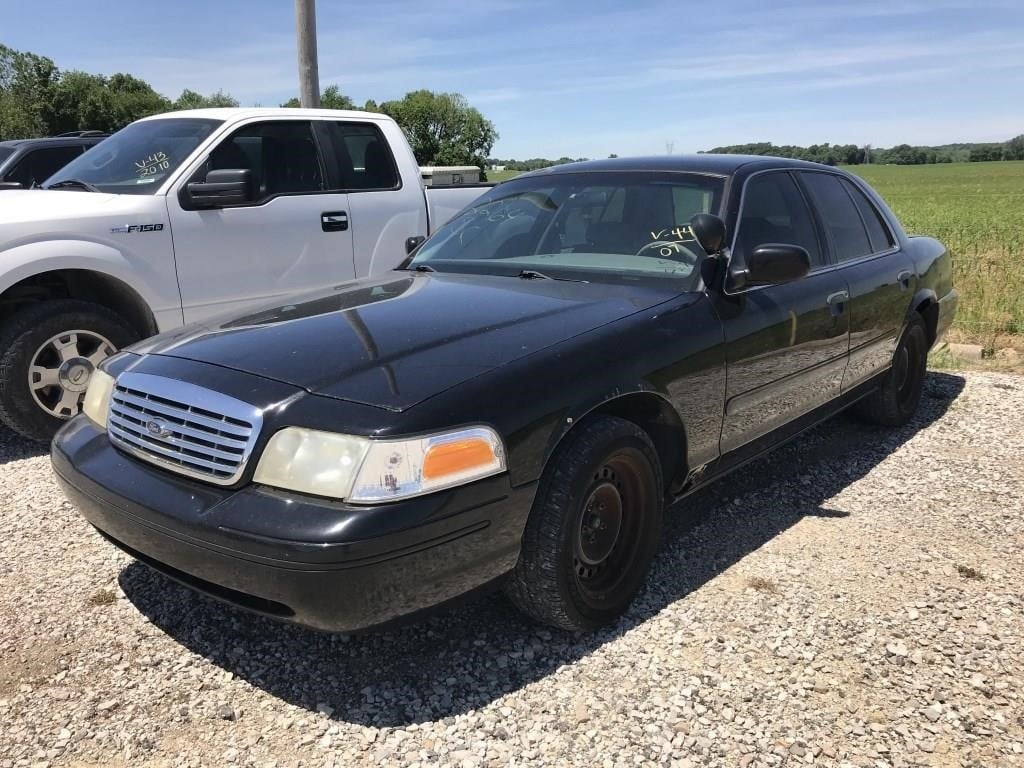
2. 2000 Mitsubishi Eclipse: A Design That Promised More
The Mitsubishi Eclipse, especially the 2000 version, followed the trend of a visually appealing design that failed to deliver. Despite being a successor to the successful earlier models, the 2000 Eclipse was underwhelming in terms of performance.
The car’s new design reduced drag but was paired with a lackluster 4G64 engine, which delivered inconsistent power. Though the Eclipse maintained the visual appeal of its predecessors, it lacked the engineering necessary to keep up with its sporty appearance. It struggled to maintain the reputation it had earned in the 90s.
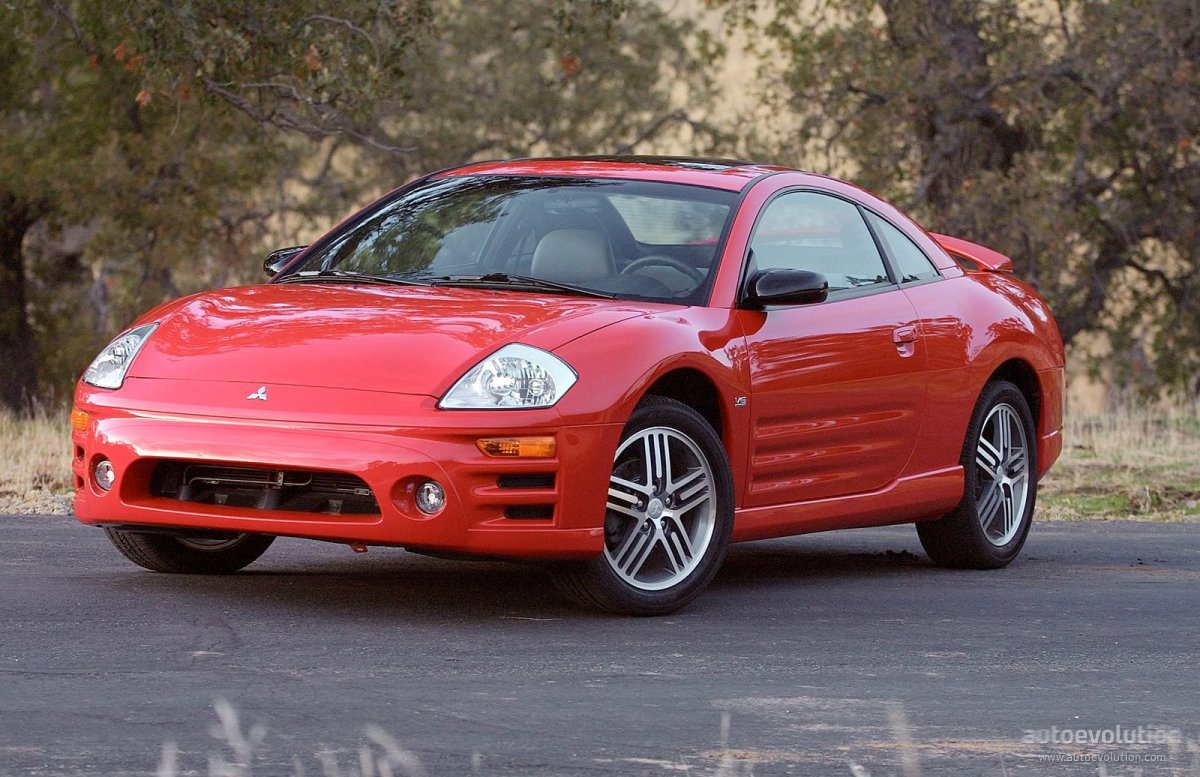
3. 1994 Mazda MX-5 Miata: A Fun Design, But Not Fast Enough
The Mazda MX-5 Miata has always been celebrated for its handling and lightweight construction, making it a fun car to drive. However, the 1994 model, with its 1.8-liter engine producing just 126 horsepower, did not match its sporty appearance with impressive speed.
The Miata could only achieve a top speed of 118 MPH, which was lackluster compared to its looks. Despite being marginally quicker than the earlier model, the Miata still couldn’t deliver the kind of speed its appearance suggested.
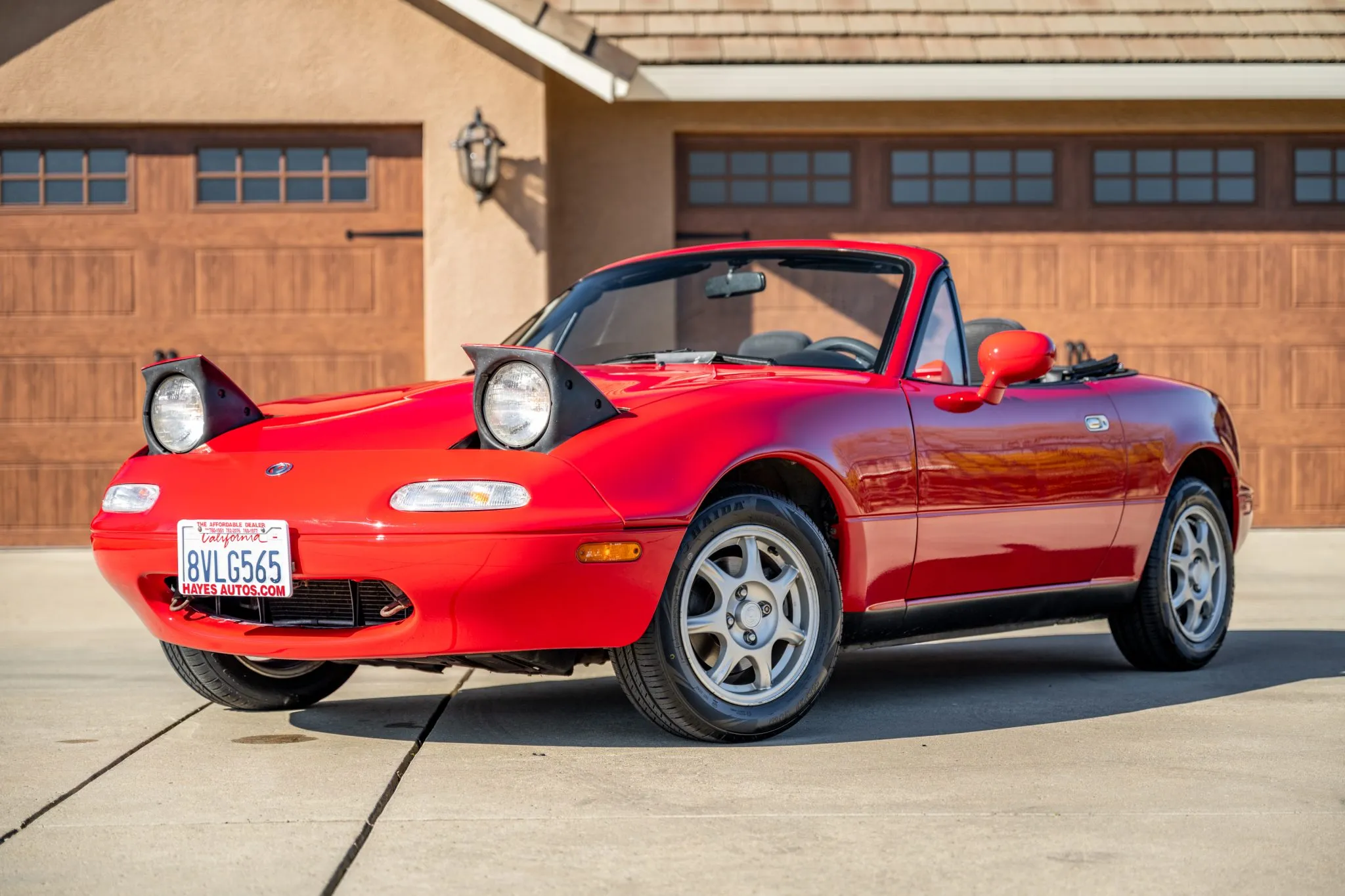
4. 2000 Toyota Celica: A Sporty Appearance, Disappointing Performance
The Toyota Celica, particularly the 2000 model, is a prime example of a car that looks faster than it is. Sporting a sleek design, the Celica came equipped with a 1.8-liter engine generating 140 horsepower. Despite its sporty exterior and lightweight build, the Celica lacked the power necessary to back up its aggressive looks.
It could reach a top speed of 140 MPH, but its performance never matched the expectations set by its appearance. Toyota’s attempt to appeal to the youth market with this model ultimately failed, leading to the Celica’s discontinuation in 2005.
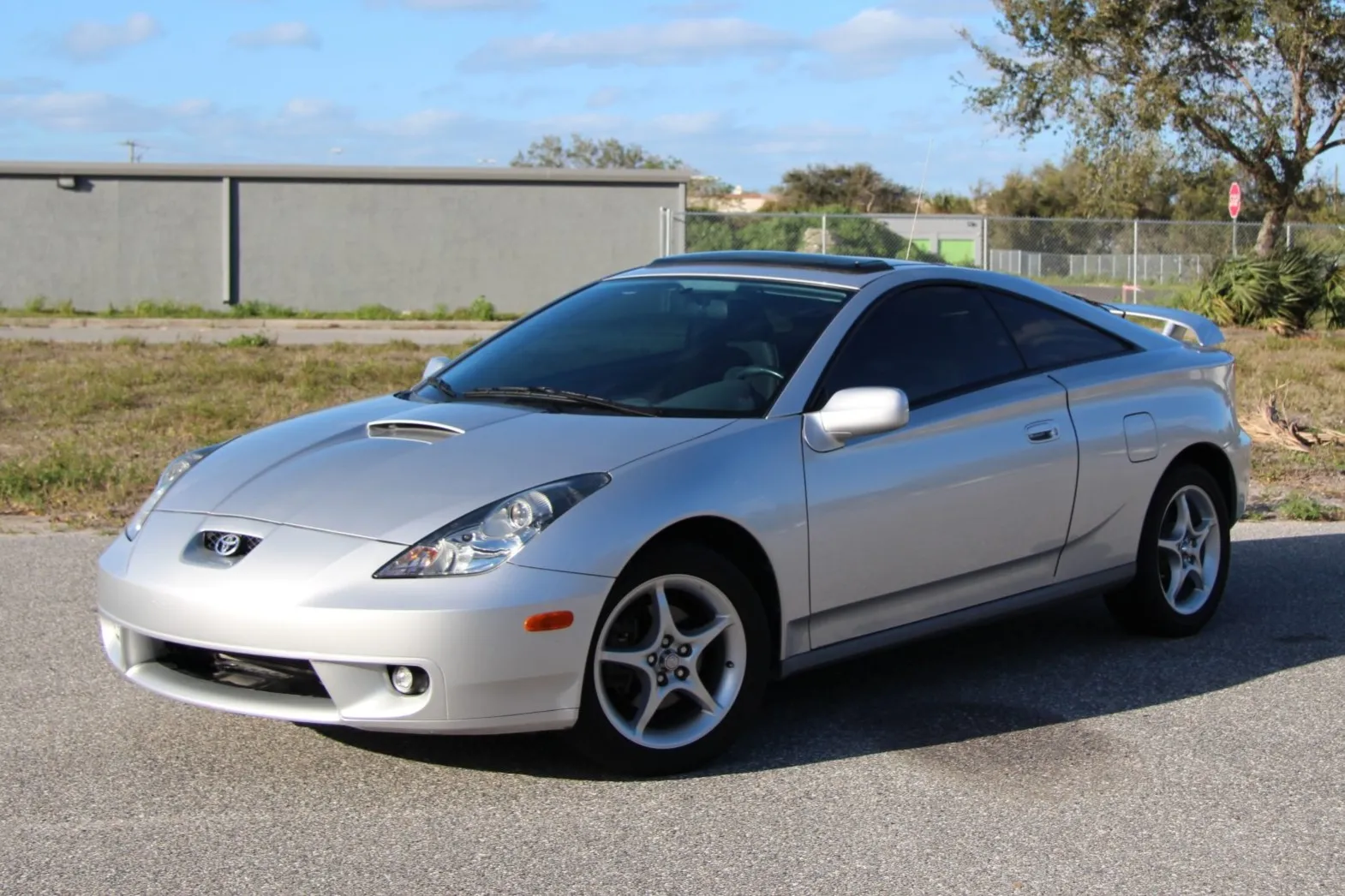
5. 1981 DMC DeLorean: A Design of Promise, But Slow Performance
The DMC DeLorean, made famous by its role in the Back to the Future franchise, featured a futuristic design with gullwing doors and a stainless-steel body. The DeLorean’s sleek looks suggested speed, but its performance told a different story. Powered by a 130-horsepower V-6 engine, it could only reach a top speed of 117 MPH. Despite its promising design, the DeLorean was too slow for its price tag and quickly became a symbol of style over substance.
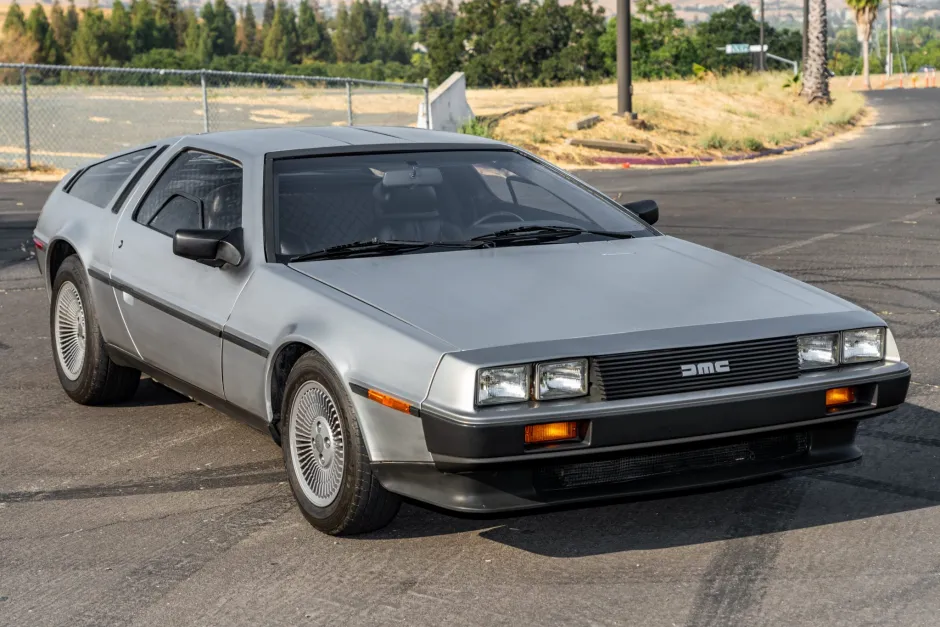
Also Read: 10 Best First Cars for New Drivers in 2025: Safe, Affordable, and Feature-Packed Options
6. 1968 Opel GT: A Sports Car With Limited Speed
The Opel GT was a compact sports car that looked like a mini Corvette, featuring an aggressive and aerodynamic exterior. However, the 1968 model was powered by a small 1.1-liter engine producing just 67 horsepower, which resulted in a sluggish acceleration time and a top speed of 115 MPH. While the Opel GT was marketed as an affordable sports car, its performance was far from thrilling, and it failed to deliver the speed that its appearance suggested.
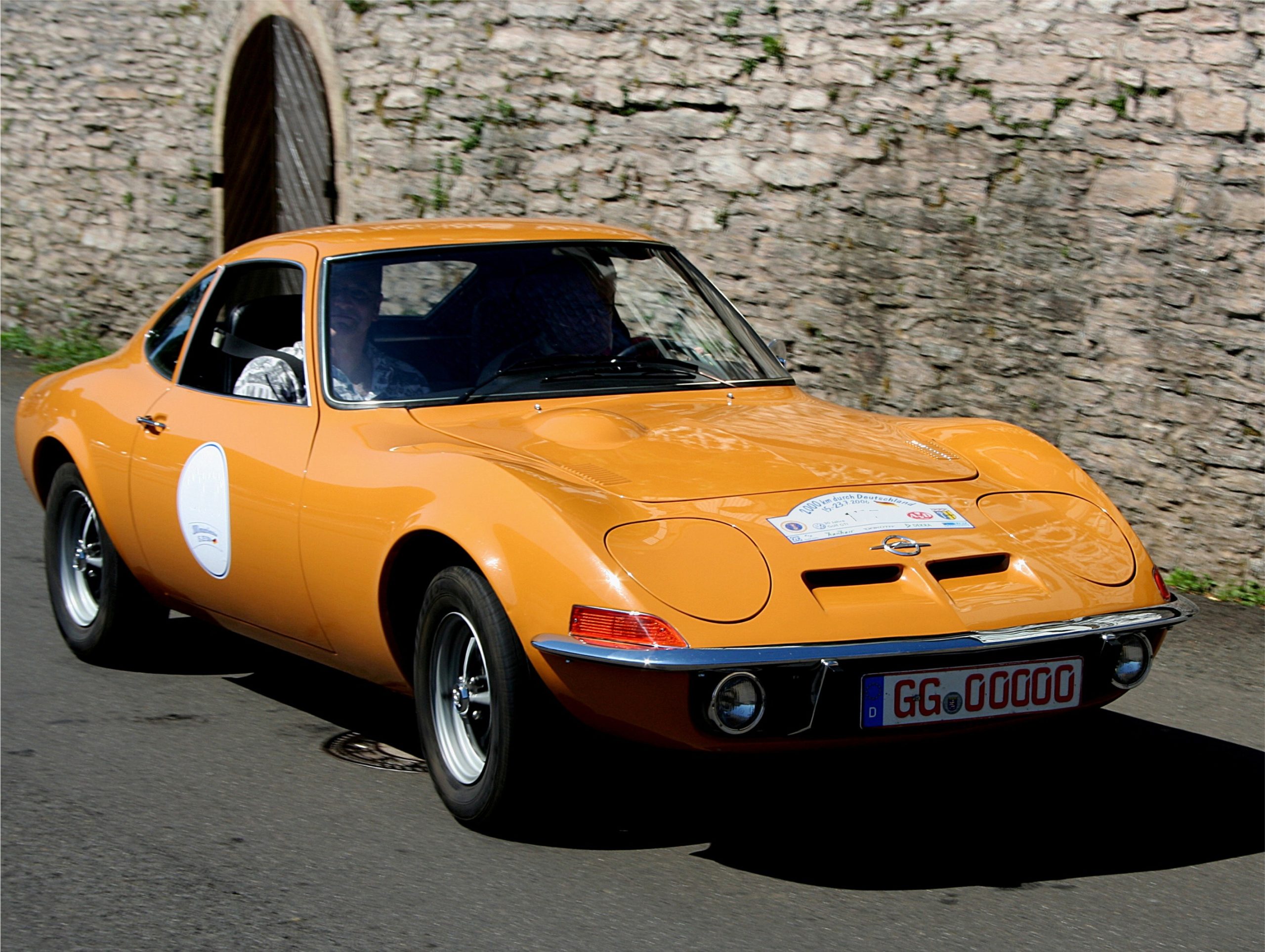
7. 1980 Chevrolet Corvette C3: A Design That Didn’t Match Its Speed
The 1980 Chevrolet Corvette C3’s exterior was redesigned for better aerodynamics, and it featured spoilers and lighter materials. However, the car’s engine struggled to deliver the speed one would expect from a Corvette. With a 230-horsepower engine, the C3 could only reach a top speed of 85 MPH due to strict speedometer regulations. While the Corvette’s design made it appear fast, its performance was far from exciting, particularly compared to its earlier models.
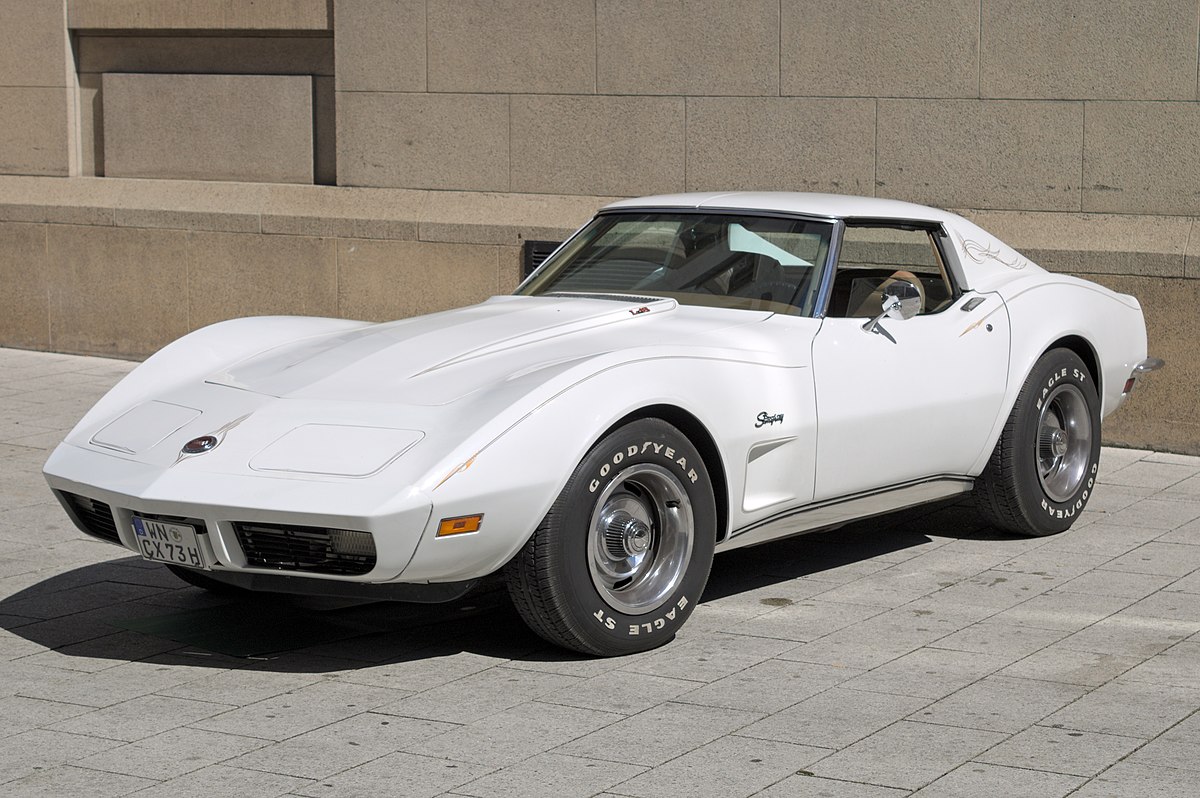
8. 1984 Pontiac Fiero: A Sporty Look With Slow Speed
The 1984 Pontiac Fiero was marketed as a mid-engine sports car, but it failed to live up to its sporty design. Equipped with a 2.5-liter engine producing just 92 horsepower, the Fiero was painfully slow, taking over 11 seconds to reach 60 MPH. Its top speed was limited to just 105 MPH. Despite these disappointing numbers, the Fiero was a commercial success, showing that even slow cars with attractive designs could find a market if marketed correctly.
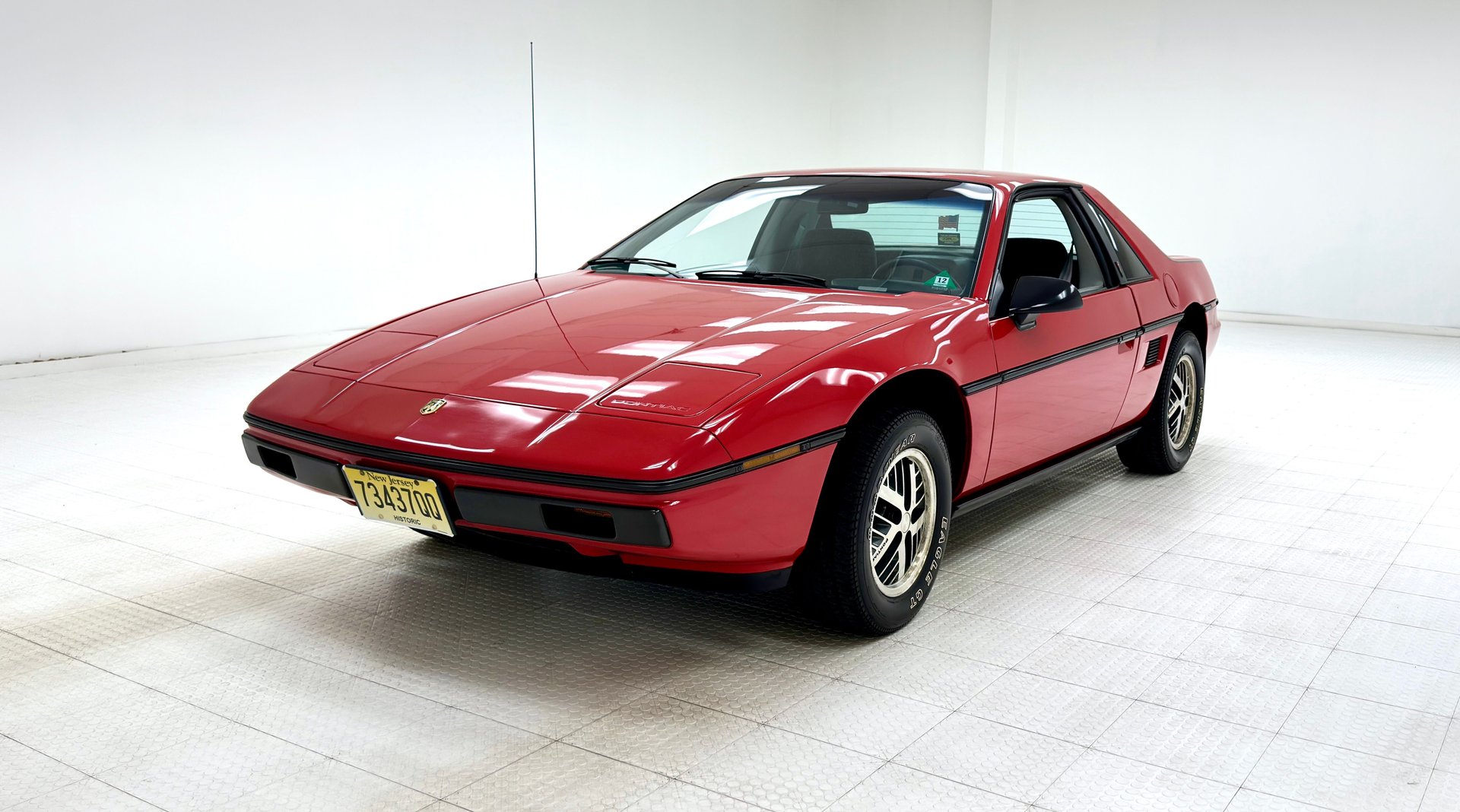
9. 1978 Ford Mustang King Cobra: A Muscle Car That Wasn’t Muscular
The Ford Mustang King Cobra, a limited-edition version of the second-generation Mustang, looked like a high-performance muscle car but underperformed in terms of speed. Despite its aggressive styling, which included cobra decals and stripes, the King Cobra was powered by a 139-horsepower V-8 engine.
This meager power output resulted in a top speed of just 94 MPH, far below what its appearance suggested. The King Cobra was a flop, highlighting how muscle car aesthetics could not compensate for a lack of performance.
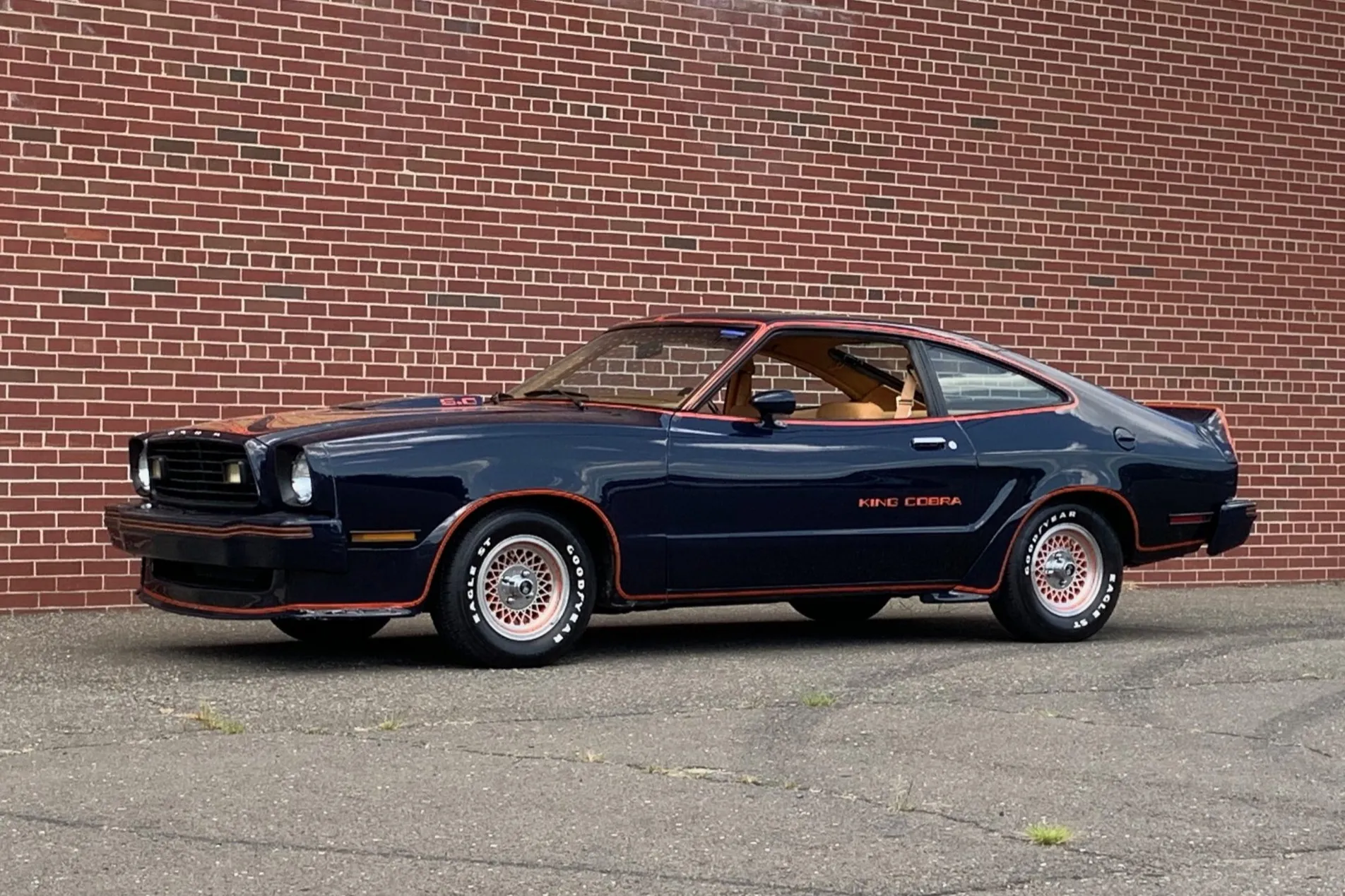
10. 1997 Plymouth Prowler: A Hot Rod That Wasn’t Hot Enough
The Plymouth Prowler was designed to resemble a classic hot rod, with its aluminum frame and striking design. While it was lightweight, it was powered by a 3.5-liter V-6 engine that produced only 214 horsepower. Despite its sleek design, the Prowler’s top speed was capped at 115 MPH. The lack of a V-8 engine and underwhelming acceleration led to the car’s failure in the market, proving that its design was more for show than for speed.
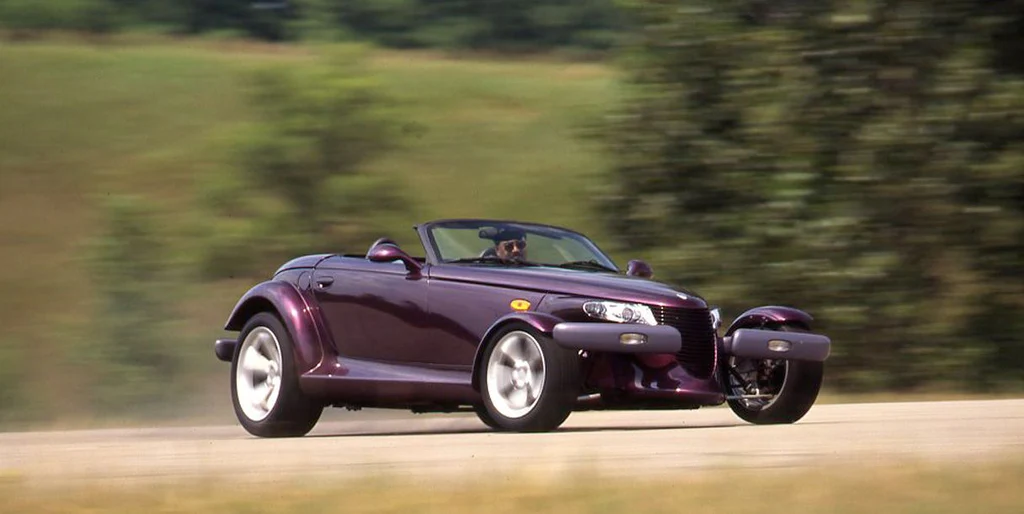
The cars discussed in this article share a common trait: their appearance suggests high performance, but their actual speed fails to live up to expectations. While a sleek, aerodynamic design can enhance a vehicle’s speed, it is the engine and internal mechanics that truly define a car’s performance.
In many cases, automakers focused on aesthetics without providing the necessary power to back up the design, resulting in cars that looked fast but were far from it. This reinforces the point that true speed comes from a balanced combination of design, engine power, and engineering.
Also Read: 10 Best Performance Cars That Won’t Break the Bank Offering Speed Power and Value for Enthusiasts
